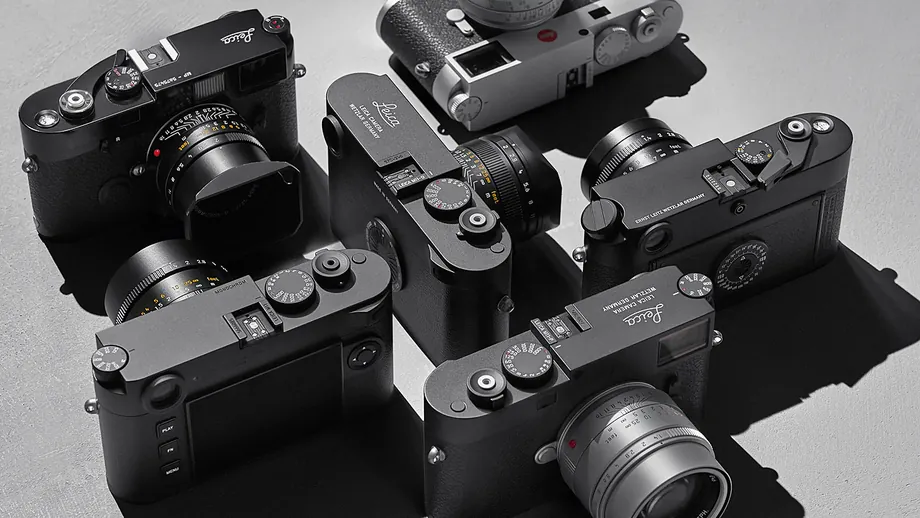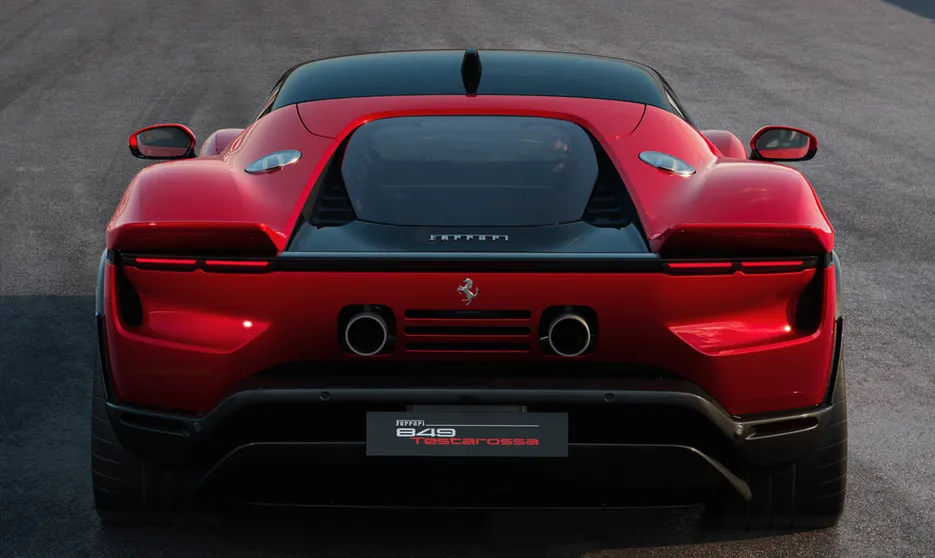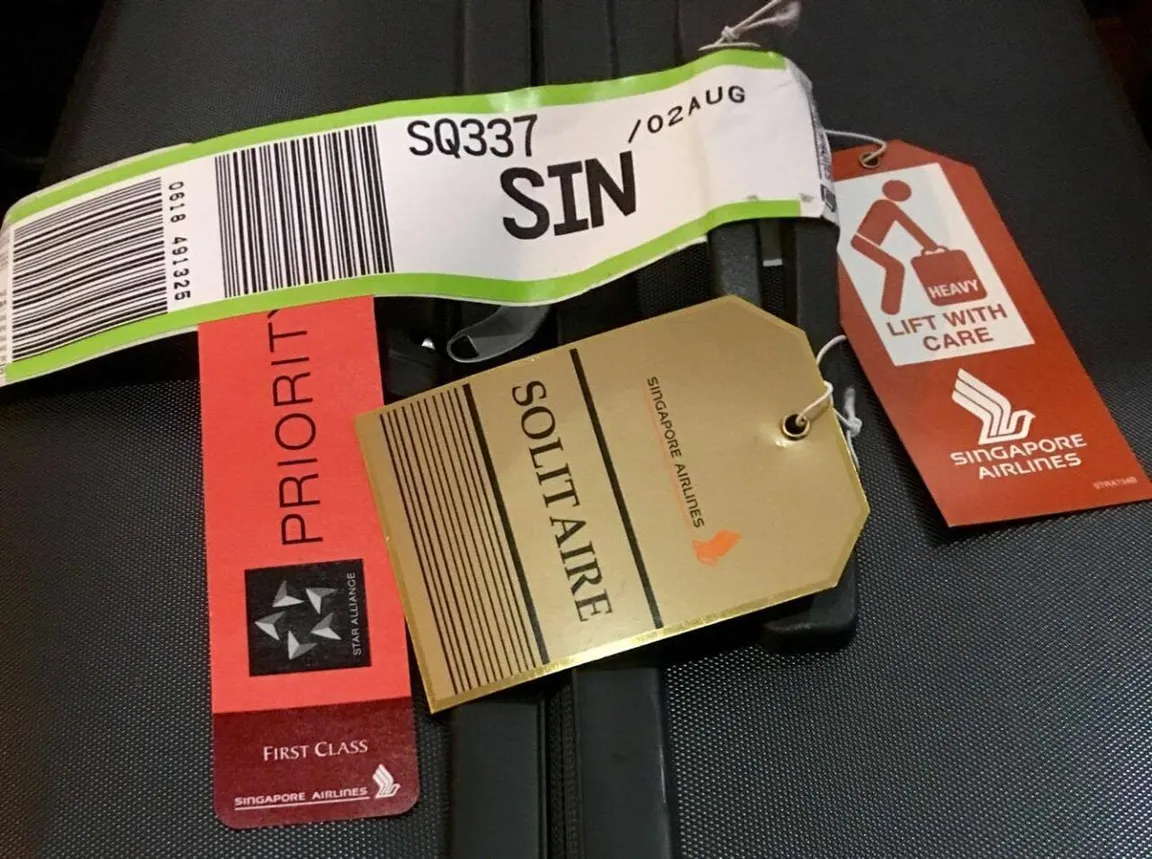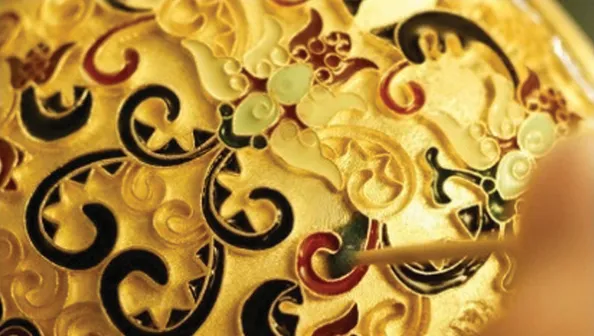A great brand with a long history is always a masterclass in storytelling. Every great story has twists, setbacks, heroes, stubborn founders and bold decisions. Leica has all of this — and more.
As Leica celebrates the 100th anniversary of its first camera in 2025, it is a fitting moment to take a closer look at what the brand really stands for. While the anniversary sits in 2025, the story begins much earlier.
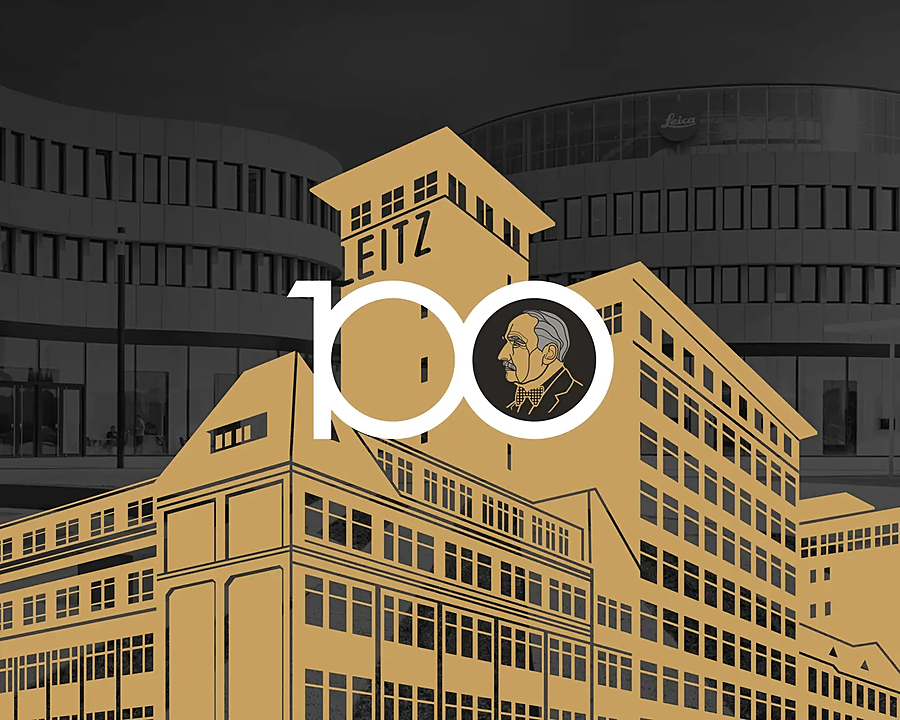
This is not just about cameras. It is about a mindset and culture.
It is about a company that stayed small when the rest of the world went big. A company that handcrafted when the world turned to factories. A company that refused mass production in favour of meaning.
And a company that inspired a level of emotional loyalty usually reserved for Ferrari, Porsche and Rolex – and perhaps even surpassing them.
Photography exists today in the form we know because of Leica. Street photography, photojournalism, 35mm film – they all trace back to a quiet German inventor in a small town called Wetzlar.
A "shopping" scene over 100 years ago: Below you can see the first picture taken on an Ur-Leica by Oskar Barnack in 1914: The historic Eisenmarkt in the centre of Wetzlar.
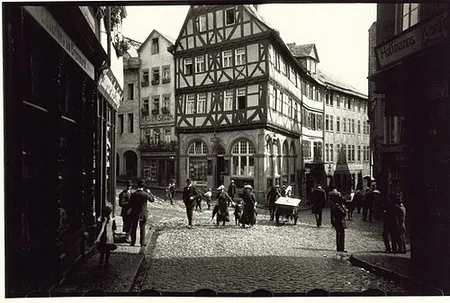
A personal beginning
My first encounter with Leica was not through advertising or luxury press coverage. It was in a dimly lit basement darkroom that smelled of developer and fixer. My best friend’s father – a dentist by profession but an artist by soul – spent hours crafting black-and-white photographs with quiet devotion. He owned a Leica.
The way he handled it said everything. The care. The focus. The ritual. There was no rush, no casual click. Each frame was deliberate. That stayed with me. This was not just a tool; it was a companion for life.
It would take me 30 years before I owned a Leica myself – a Leica Q, the same way many start their journey today. But that first encounter planted a seed: Leica makes people feel something. And that feeling is rare.
Indirectly, I already had another connection to Leica. My own grandfather was born just outside Wetzlar, the birthplace of Leica. At the time I had no idea this quiet German town, an hour north of Frankfurt, would one day become a pilgrimage site for photographers. Coincidence or destiny, the connection came full circle decades later.
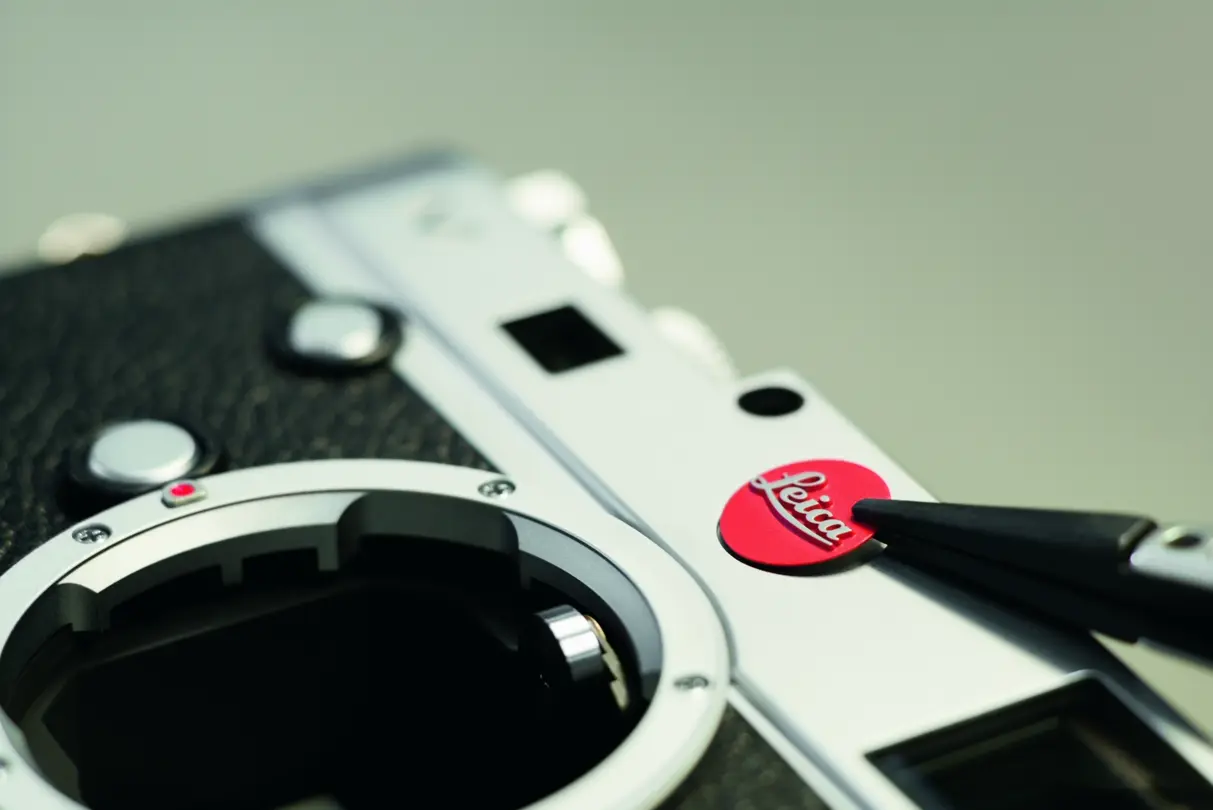
Leica is not just another premium brand
Certain brands shape their entire industries. Porsche did it for sports cars. Rolex did it for mechanical precision on the wrist. Leica did it for photography. These brands created functional icons – not by following trends but by setting them, not by appealing to everyone but by being meaningful to a few.
You could say a Leica Q is like a Porsche Boxster: beautifully engineered, pure joy, built for everyday excellence. The Leica M is something else entirely — an icon like the Porsche 911 GT2 RS. Raw. Demanding. Honest. Uncompromising. You do not simply use an M. You commit to it. You earn it. It rewards mastery.

Before the camera: microscopes, lenses and a watchmaking apprentice
To understand Leica, you must go back not 100 years but nearly 170. The story begins with a man named Carl Kellner, who founded the Optical Institute in Wetzlar in 1849. He made microscopes of outstanding clarity – and that obsession with precision optics would define Leica forever. Kellner’s apprentice, Ernst Leitz I, would later take over the company in 1869. What most people don’t know: before he became an optical engineer, Ernst Leitz trained as a watchmaker. That matters, because once you understand movements, tolerances and the beauty of mechanical refinement, you carry that with you for life.
The company expanded from microscopes into binoculars by 1907 (fun fact: birth year of my granddad) long before cameras were ever part of the vision. Precision optics were the foundation. And Wetzlar, with its engineering culture, became the unlikely cradle of a future legend.
Enter Oskar Barnack – the quiet revolutionary
In 1911, a self-taught engineer and passionate photographer named Oskar Barnack joined the Leitz company. Photography at the time involved heavy wooden plate cameras, carried by mule or tripod, and developed with harsh chemicals. Barnack suffered from asthma, aggravated by handling large plates and chemicals. He needed something smaller, lighter – something portable.
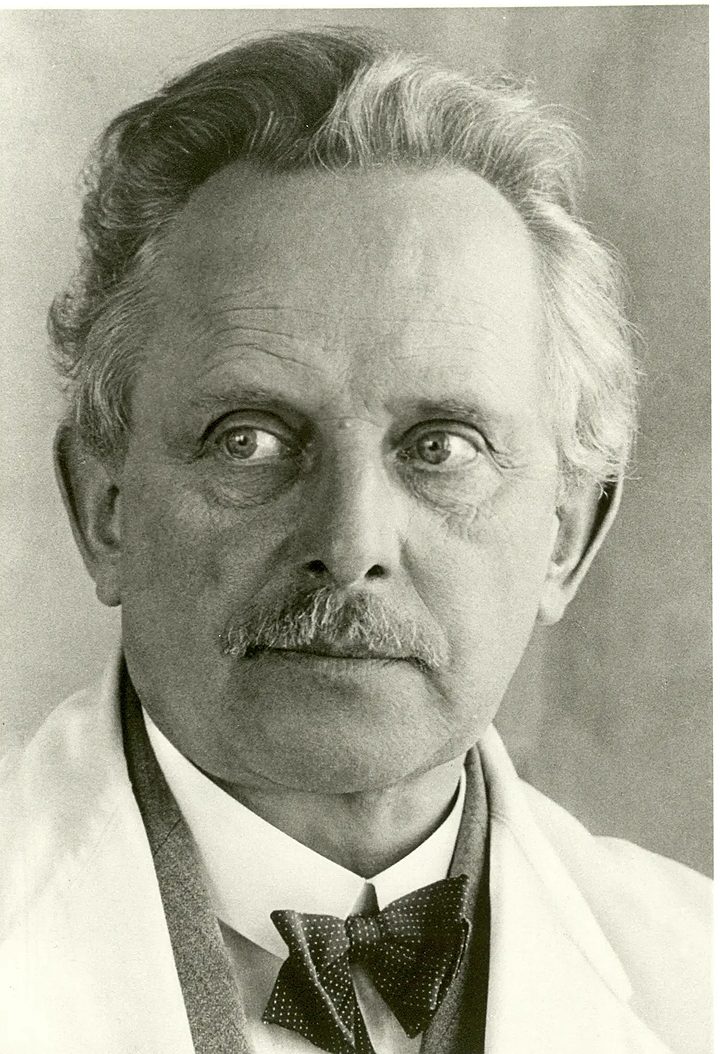
So in 1914, out of necessity rather than commercial ambition, he created a prototype that would change the world: the Ur-Leica, the first compact camera to use 35mm motion picture film horizontally, creating the now universal 24×36mm frame. That frame size became the global standard – and remains unchanged in today’s full-frame digital sensors.
But then came a war. The world stopped, and the little camera went into a drawer.
“We will take the risk.”
It was not until 1924 that Ernst Leitz II, son of Ernst Leitz I, made one of the most courageous business decisions of the early 20th century. In a boardroom discussion in Wetzlar, his leadership team warned him against the small camera project: the economy was down, photography was niche, and no one believed people would trust a compact camera.
He listened. Then he stood.
“Meine Herren, meine Entscheidung ist endgültig. Wir werden das Risiko eingehen.”
(“Gentlemen, my decision is final. We will take the risk.”)
With that single sentence, he launched production of the Leica I, introduced at the Leipzig Spring Fair in 1925. It sparked a revolution.
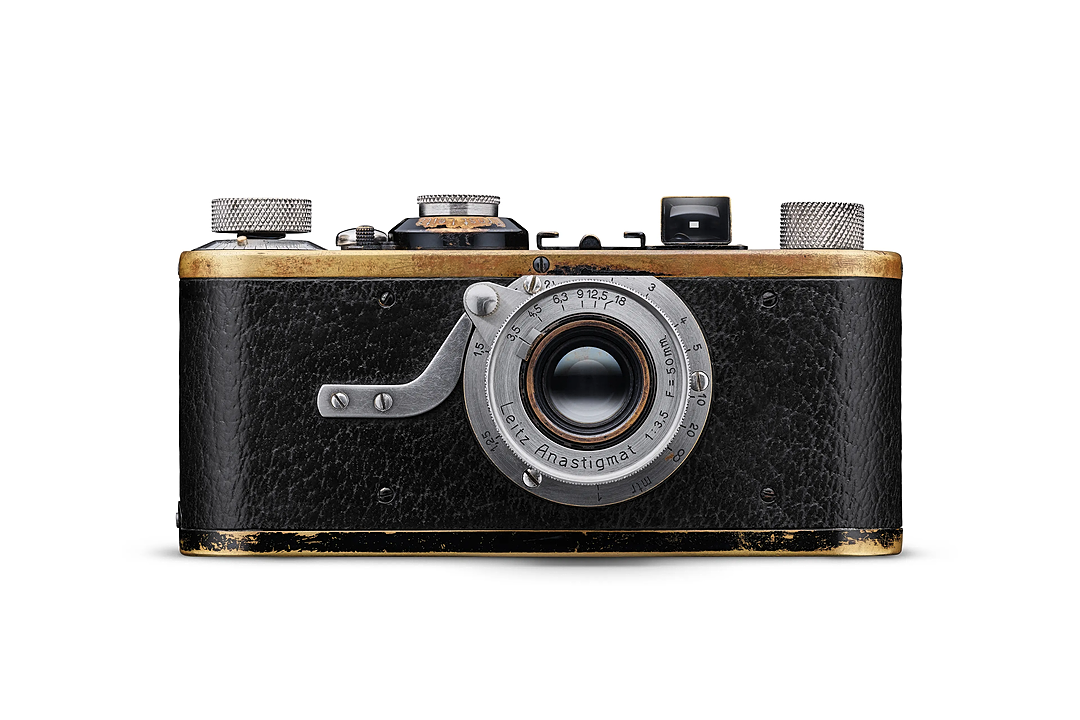
Photography moved from static to alive. That’s what we celebrate this year.
- Henri Cartier-Bresson, the master of the “decisive moment”, called the Leica “an extension of the eye”.
- Robert Capa carried a Leica when he stormed Omaha Beach on D-Day.
- Alberto Korda used a Leica to capture the world’s most reproduced portrait: Che Guevara in 1960.
- Alexander Rodchenko, Elliott Erwitt, Sebastião Salgado, Mary Ellen Mark – all with Leica.
Leica cameras did not simply record history. They witnessed it.
That history carries real value — literally. Early Leica prototypes have become the most expensive cameras ever sold at auction. A 1923 Leica 0-Series prototype sold in 2022 for €14.4 million, and another in 2025 fetched €7.2 million in Wetzlar. These are not just cameras. They are physical pieces of cultural history — industrial artefacts that documented the 20th century. No other camera brand commands this level of emotional and financial value.
The name, the red dot, and ‘Das Wesentliche’
Before going deeper, it helps to understand a small but essential part of Leica mythology: the name and the dot. “Leica” is a simple fusion of Leitz and Camera — a practical internal abbreviation used on documents long before it appeared on cameras.
The red dot came later, first seen in the 1950s to help differentiate genuine Leica lenses from competitors. It was never meant to become a brand statement. Yet over time it evolved into one of the most recognised symbols in photography — not through marketing, but through trust.
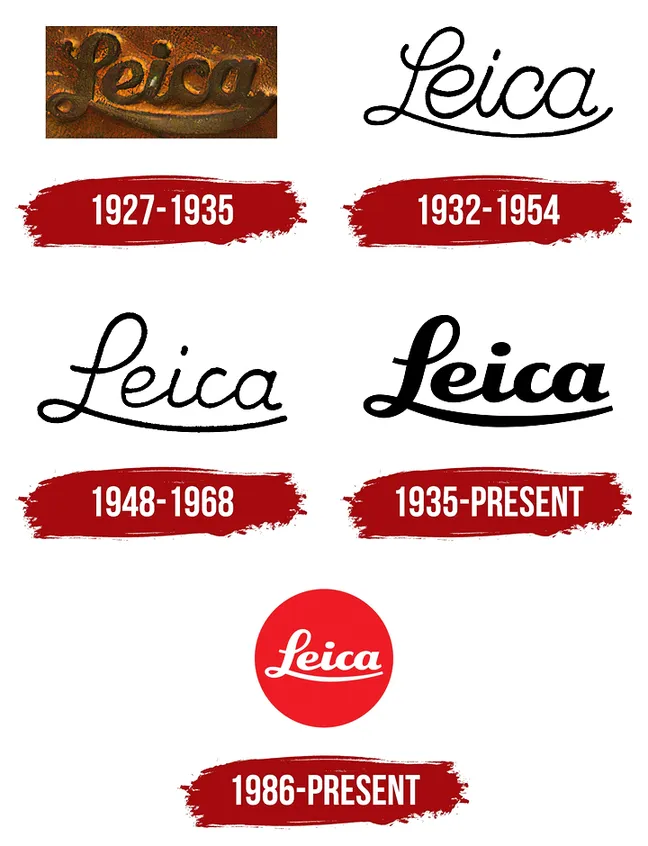
Beneath that red dot sits Leica’s philosophy: Das Wesentliche — the essential. It means removing everything that does not matter, keeping only what serves purpose. Leica carries this idea from design to engineering to customer experience. It does not over-explain. It does not add unnecessary features. It builds for clarity.
Handmade, then and now
The most common question Leica store staff gets? “When will I get mine?” Well, it’s not 100% predictable. The reason: unlike any other major camera manufacturer, Leica still builds every M camera by hand in Germany.
A single analogue M has over 1,500 mechanical parts, assembled by a craftsperson over several days. A digital M still has around 1,100 parts – and around half are assembled by hand. It takes five to eight years to train a camera maker capable of building an M. This is why Leica production cannot be rushed. This is why waiting lists are not strategy – they are reality.
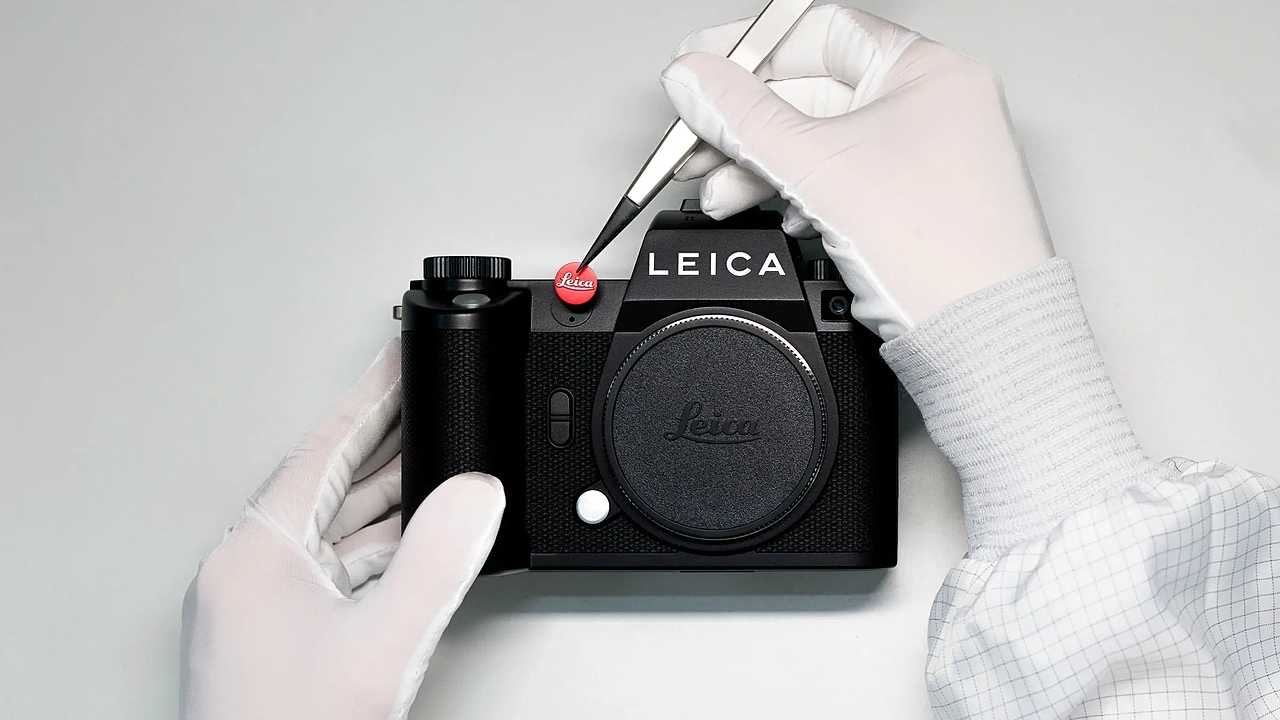
And this is why Leica cameras feel alive.
As I learned speaking with Sunil Kaul, Managing Director of Leica Camera Asia Pacific, Leica has something rare in modern industry: a culture anchored in skill, not scale. In his words:
“Every Leica has a soul. If someone in production is not well and doesn’t come in that day, production slows down. That is simply how handcrafted work is.”
A culture shaped by decisions, not slogans
Leica is often described as a heritage brand, but that misses the point. Heritage can be inherited. Leica’s identity was built — decision by decision — often in moments when the future looked uncertain.
After surviving two world wars, Leica faced another turning point: the shift from film to digital. While others rushed into mass-market electronics, Leica refused. It protected mechanical engineering as its core. That came at a cost. Some critics said Leica had “missed the digital train.” Inside the company, the view was very different: you cannot rush craftsmanship just to look modern. Quality has no shortcut.
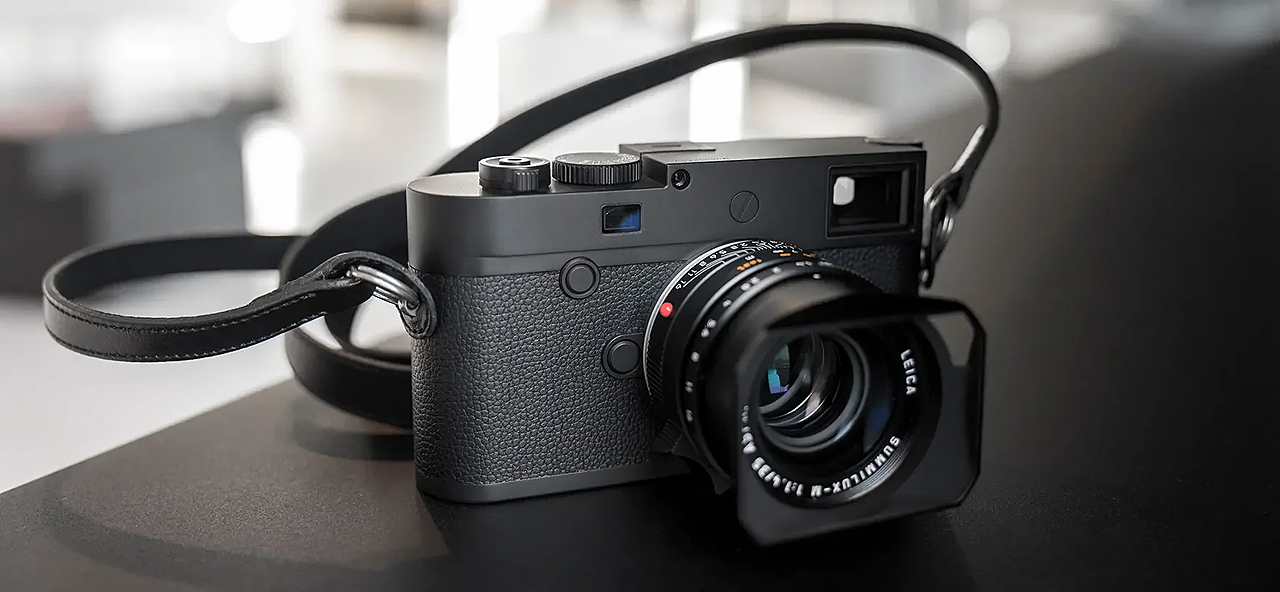
Dr. Andreas Kaufmann – the quiet saviour
Leica would not be here without one man who believed in it when others did not. In 2004, Dr Andreas Kaufmann, an Austrian entrepreneur and longtime Leica user, stepped in as an investor when the company was fragile and facing the costly digital transition. Others suggested outsourcing production, reducing quality and chasing volume. He refused. He did something bold instead: he doubled down on Leica’s identity.
He protected German manufacturing. He invested in new product development. And he pushed Leica to build direct relationships with its customers by opening its own stores around the world. His philosophy was refreshingly simple:
“We make a few for a few.”
That sentence defines Leica today. It is selective, focused, premium – and proud of it. Kaufmann didn’t turn Leica into a luxury brand. Leica always was one. He simply allowed it to grow into itself.
Leica today: focused, independent, profitable
While many European manufacturers have been swallowed by conglomerates, Leica remains independent. It is still headquartered in Wetzlar, Germany, at Leitz Park — a modern optical campus surrounded by forests and quiet roads. It is part factory, part museum, part brand home, and a destination for photographers around the world.
The company has enjoyed six consecutive years of growth and reached €596 million in revenue in fiscal year 2024/25, growing +7.6%, driven by strong demand in photography, smart projection, sports optics and accessories.
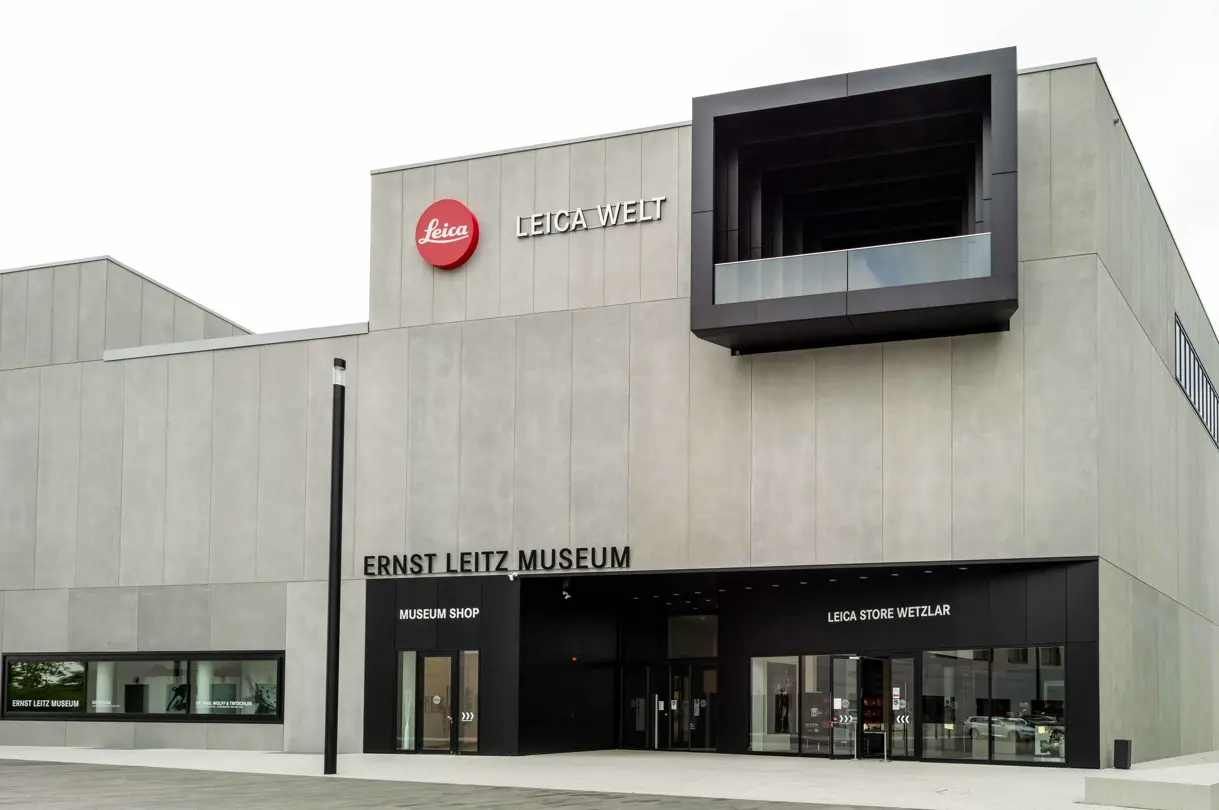
The Leica camera world — three ways to see
To understand Leica today, you have to understand how it builds cameras around people rather than price points. Leica doesn’t make entry, mid and pro tiers. It makes three different experiences.
The Leica Q is how many people enter the brand. Over 60% of customers are new to Leica. It is a full-frame compact camera with a fixed lens — fast, effortless, intuitive. It delivers the “Leica look” without the steep learning curve and is ideal for travel, portraits and everyday life. This is the modern storyteller’s camera, the one that never stays at home.
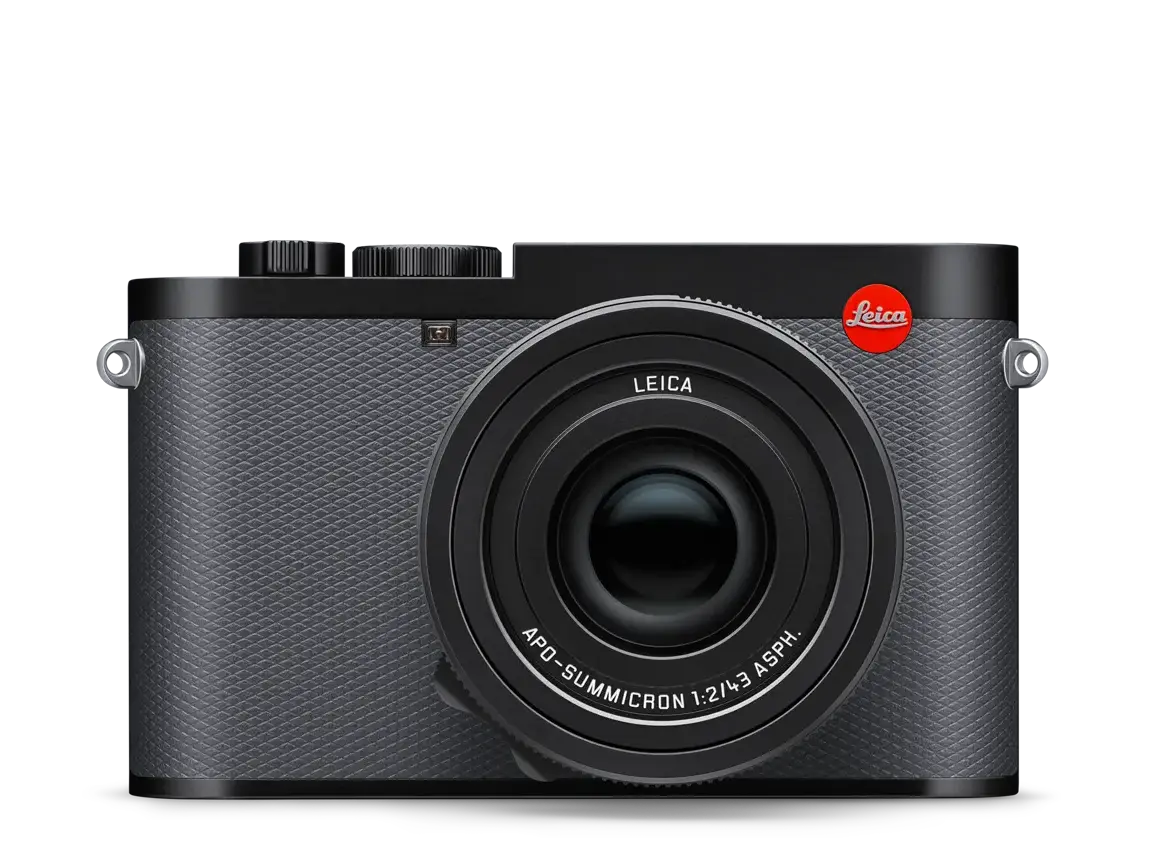
The Leica M is the soul of the company. Born in 1954, the “M” stands for Messsucher, the German word for rangefinder. It is slower by design, requiring the photographer to align two images in the viewfinder to focus. Some see that as a limitation. In reality, it is a discipline — an invitation to think before pressing the shutter. The M is a camera people grow into. It demands precision but gives something rare in return: total connection between eye, hand and frame.
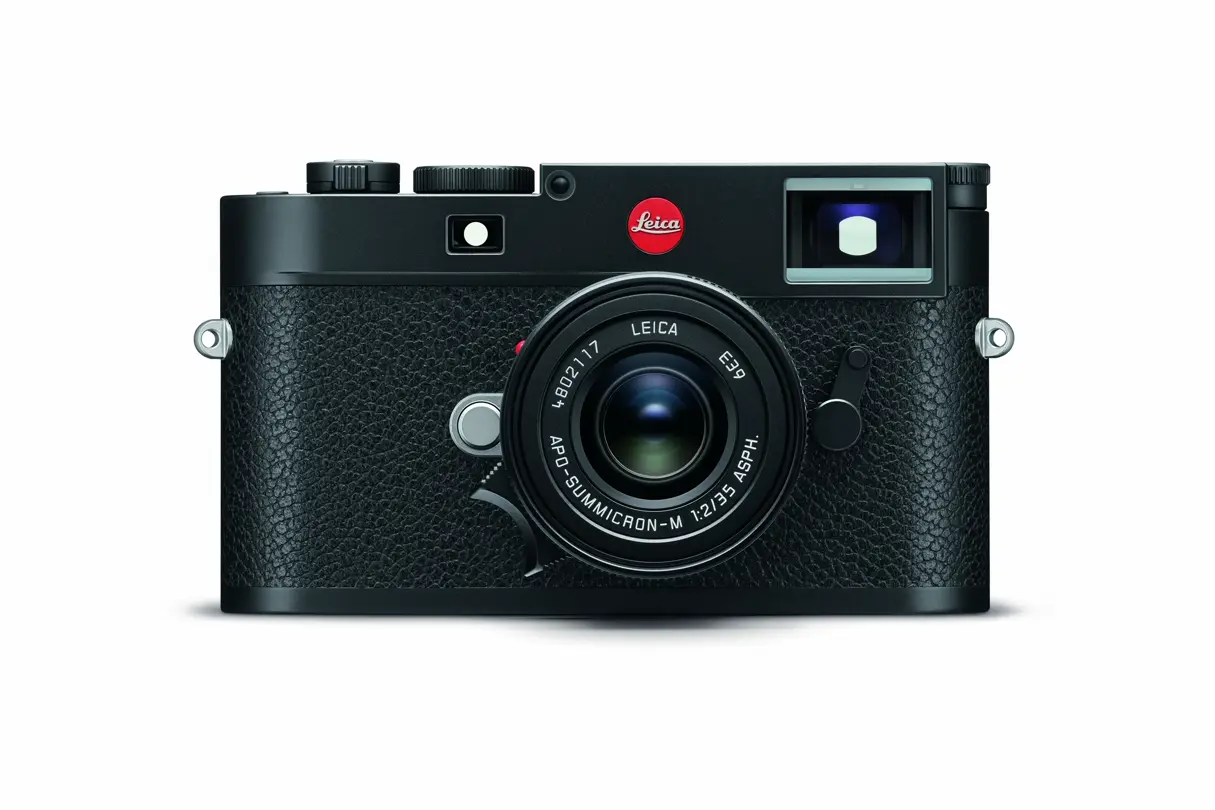
Then there is the Leica SL, the mirrorless system for creators who work across stills and video. It has the ergonomics and build quality of Leica, but with the speed and flexibility required for commercial work and content production. If the M is about pure photography and the Q is about simplicity, the SL is about range — a system camera for professionals who shoot everything from portraits to campaigns to short films.
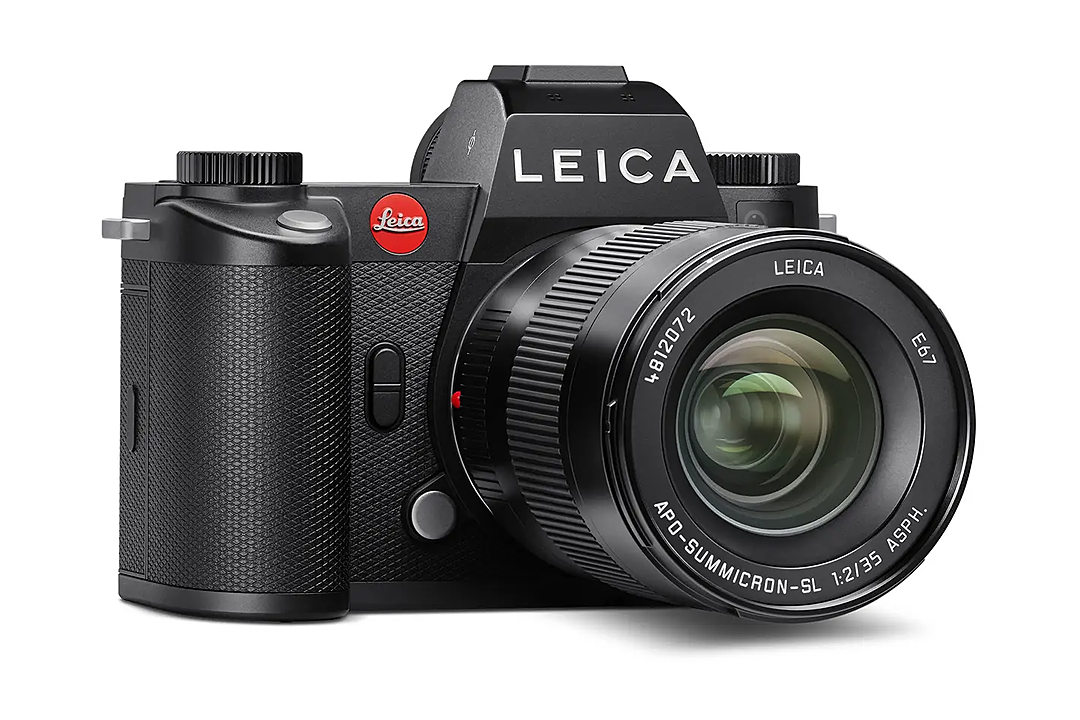
Leica attracts a wide range of photographers—and serves both without compromise. At one end are purists: they value mechanical control, manual focus, minimal interfaces, and even choose bodies without a display. The rangefinder discipline sits squarely here. At the other end are photographers who favour guidance and ease—quick setup, clear feedback, dependable results.
Between the Q and the M sits a new chapter: the upcoming Leica M EV (MEV1). It keeps the body, build and soul of the M — but adds an electronic viewfinder for faster and more intuitive focusing. It doesn’t dilute the purity of the M. It simply makes the experience accessible to more people who love the idea of the M system but want a gentler learning curve. It will be the first true bridge in Leica’s camera world.
The complete portfolio, it includes the compact Leica D-Lux is a versatile powerhouse that fits conveniently into any pocket and the Leica SOFORT instant camera combines fleeting digital moments with the permanence of the analogue world. Take a snapshot in time and create a keepsake for those who made the moment so unique.
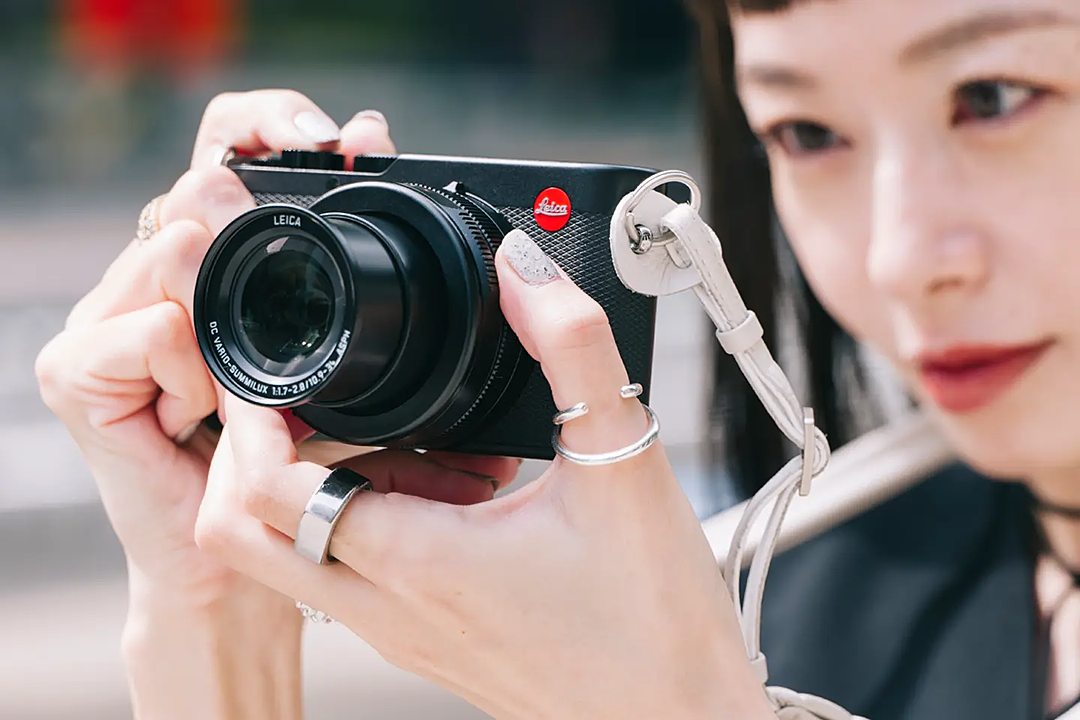
The lens makes the picture
Leica lenses are a world of their own — engineered for character as much as sharpness. Three names define them: Summicron (f/2) as the balanced classic, Summilux (f/1.4) for mood and depth, and Noctilux (f/0.95–1.2) for ultra-shallow, low-light magic.
What makes Leica lenses special is not just the glass but the philosophy. They are built not only to be optically perfect, but to feel and draw in a specific way — colours, micro-contrast and transitions have a signature.
More importantly, every M lens made since 1954 still fits every new M camera. In a world addicted to upgrades, Leica builds for continuity. You don’t replace lenses — you build a relationship with them.
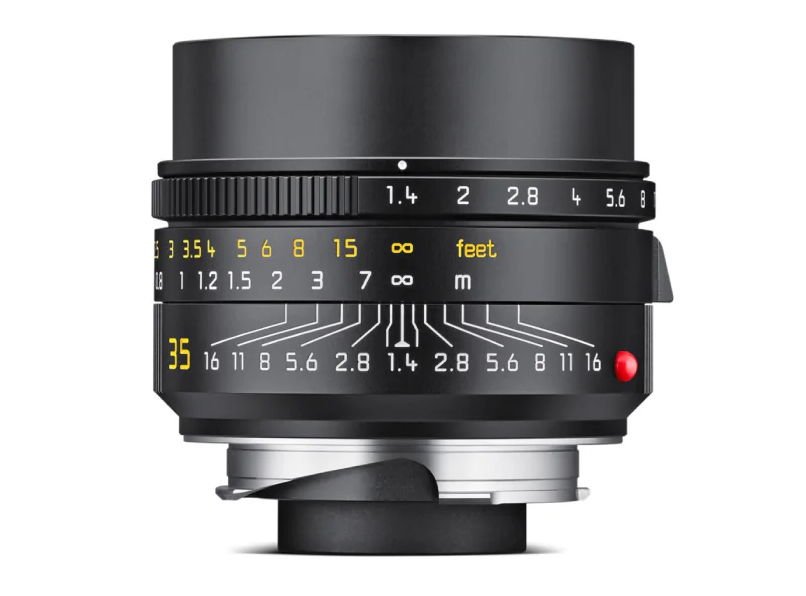
More than cameras – precision as a way of life
Leica does not expand for the sake of brand stretch. It expands where it has credibility: in fields that demand optical mastery, mechanical integrity and long-term thinking.
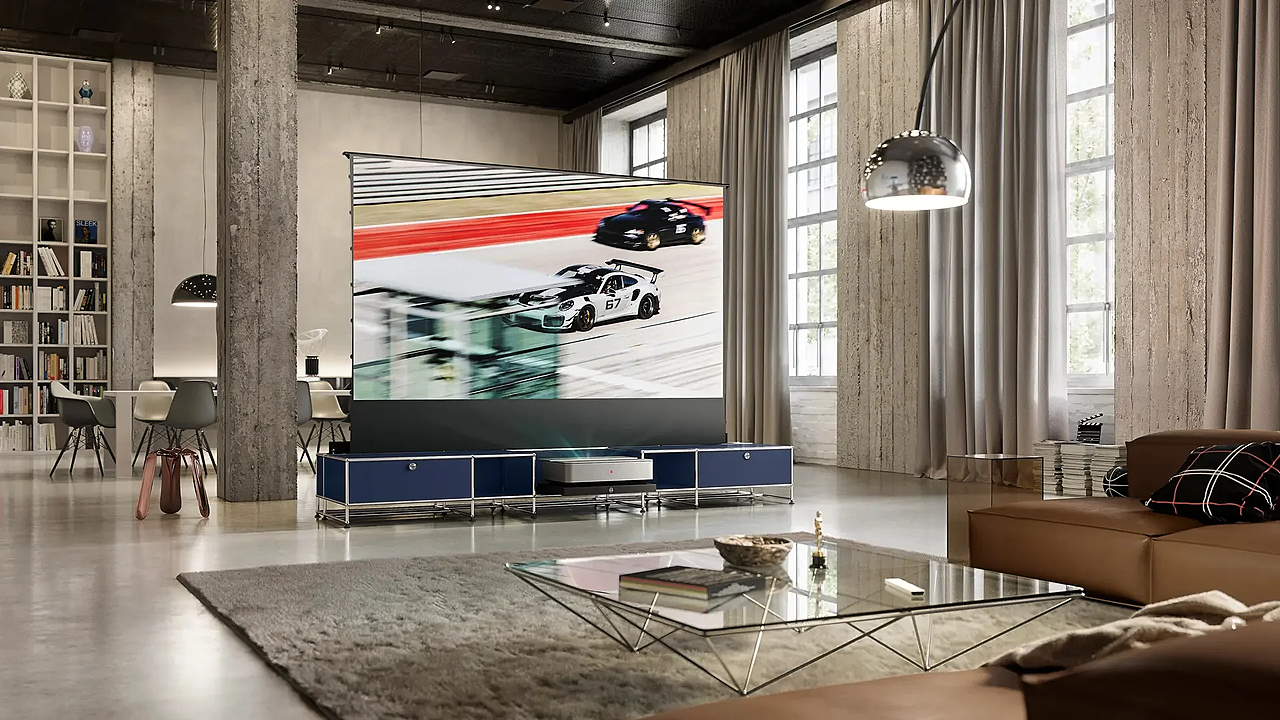
Take the Leica Cine 1, for example. On paper it is a home projector. In reality, it is an optical instrument that happens to sit in the living room. Built with a Summicron lens inside, it brings cinematic projection into the home without the plastic compromise so common in consumer electronics. Colours are natural, motion is clean, and nothing feels synthetic. It carries the Leica signature: precision without drama.
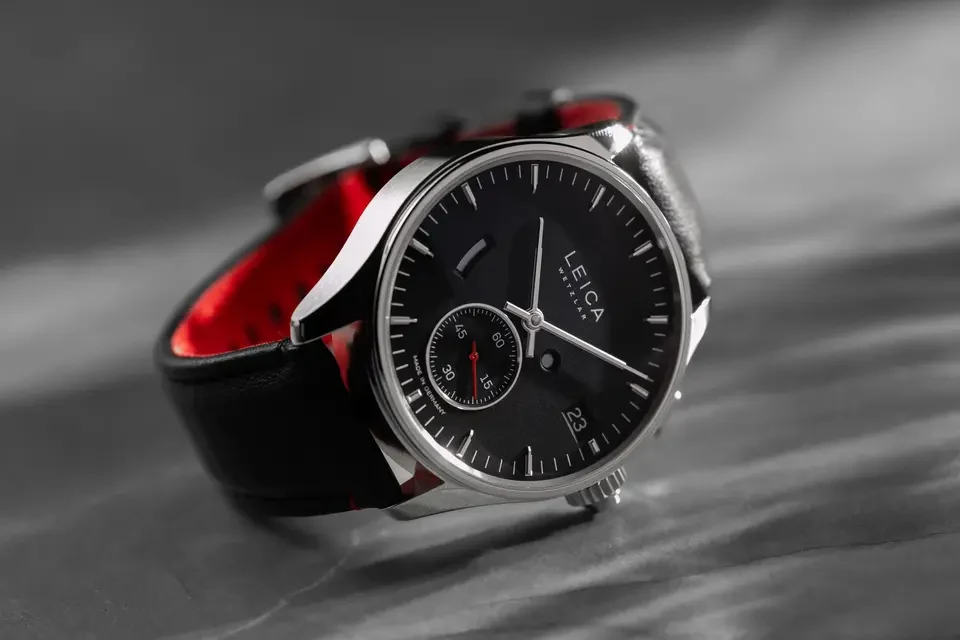
The same philosophy drives Leica Watches. When people first hear that Leica makes watches, many assume it is a lifestyle accessory. It is not. Ernst Leitz himself trained as a watchmaker before moving into optics. A century later, that discipline returned home in the form of the Leica ZM line (Zeitmesser — timekeeper). These are not fashion pieces. They are mechanically honest time instruments built in Germany’s Black Forest and in Switzerland. No needless complication, no flamboyance — just functional purity in the spirit of Das Wesentliche. Even the details feel Leica: a crown that clicks like the shutter of an M, typography inspired by lens engravings, and case machining that mirrors camera tolerances. Like the cameras, these watches are built for decades of use, not seasonal rotation.
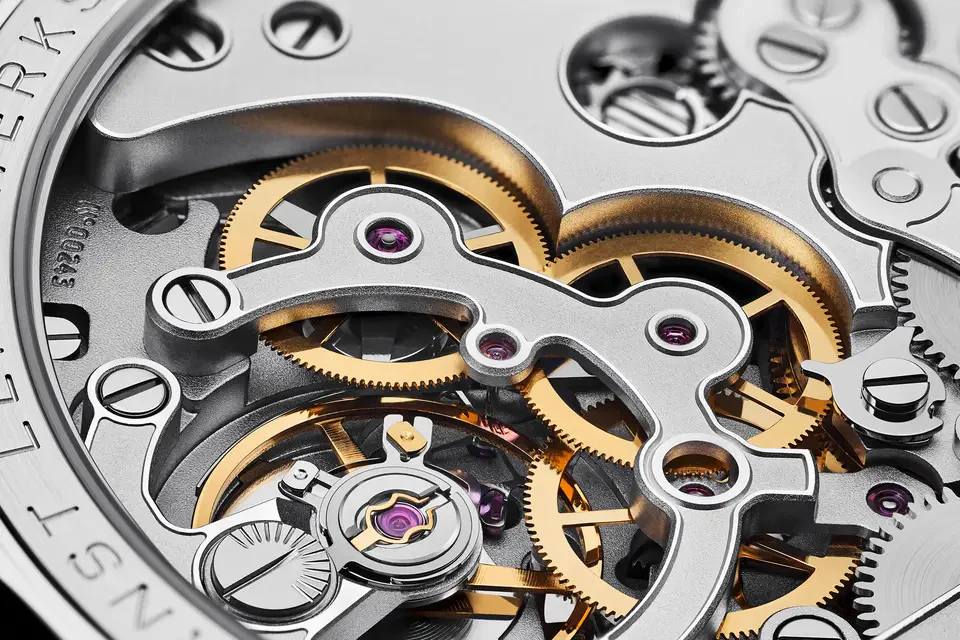
This is not diversification. It is continuity. Leica is not building a lifestyle empire. It is simply applying its way of thinking to other precision objects that people form relationships with.
Leica also builds some of the world’s most respected sport optics — binoculars and rangefinders trusted by explorers, conservationists, and field researchers. Products like the Noctivid or Ultravid HD binoculars follow the same philosophy as Leica cameras: natural colour, mechanical durability, and precision built to work for decades. Once you recognise Leica engineering DNA, you see it in every product — lens coatings, metal machining, optical clarity. Same soul, different format.
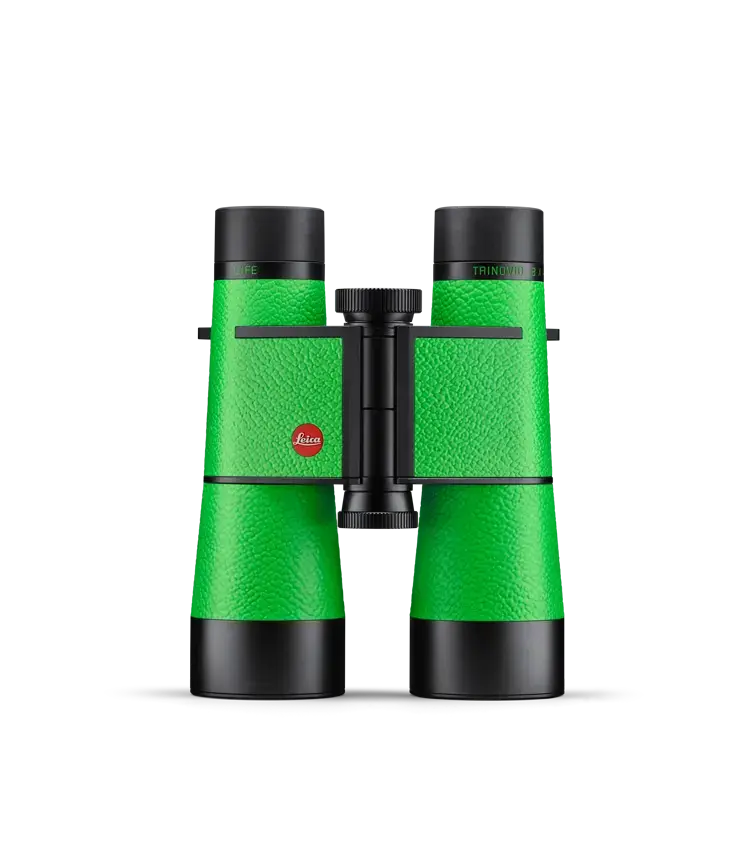
Innovation without noise – Xiaomi and the future of seeing
Leica collaborates for relevance. When it entered the world of mobile photography, it did so on its own terms. Apple and Samsung both came knocking years ago, but walked away when Leica insisted on creative control. Licensing the red dot for a fee was never an option. That is not Leica.
Instead, Leica chose a partner that shared its ambition in image-making: Xiaomi. The partnership is not marketing — it is engineering. Teams work together in Munich to co-develop mobile lenses and colour science shaped by Leica’s optical philosophy. Xiaomi flagships now offer a “Leica look” profile not as a filter, but as a visual identity rooted in light, contrast and micro-tonal transitions.
This is how Leica approaches the future: slowly, deliberately, but with purpose. It embraces new platforms without betraying its DNA. Smartphones may dominate casual photography, but they also lead millions toward a deeper interest in visual expression. And eventually, for some of them, that path leads to Wetzlar.
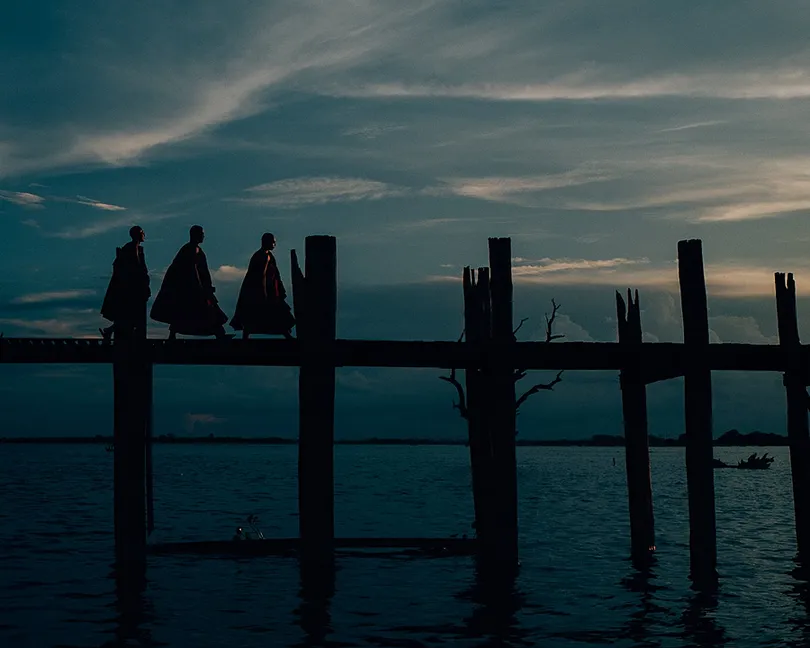
Beyond transactions: Leica culture
Spend time around Leica people and you notice something unusual: customers feel like custodians. They do not buy a Leica to show off — they buy it to belong. The brand attracts individuals who value process over speed, learning over convenience, and expression over perfection.
During our conversation, Sunil said something that stayed with me:
“A customer doesn’t choose Leica once. They enter it. And once they do, they rarely leave.”
This is why Leica never chases volume. Community matters more than market share. Leica hosts photowalks, workshops, talks and gallery events not as marketing activity but as cultural continuity. The Leica Akademie, founded in 1934, is the longest-running photography school in the world. Leica Galleries, first opened in 1976, offer both prominent Leica photographers and emerging talents a platform to present their work to a wider audience.
LOBA – honouring the story behind the image
Photography has always been more than product for Leica. It is culture. It is testimony. It is memory. This is why the Leica Oskar Barnack Award (LOBA), named after the inventor of the 35mm camera, is one of the most respected documentary photography awards in the world.
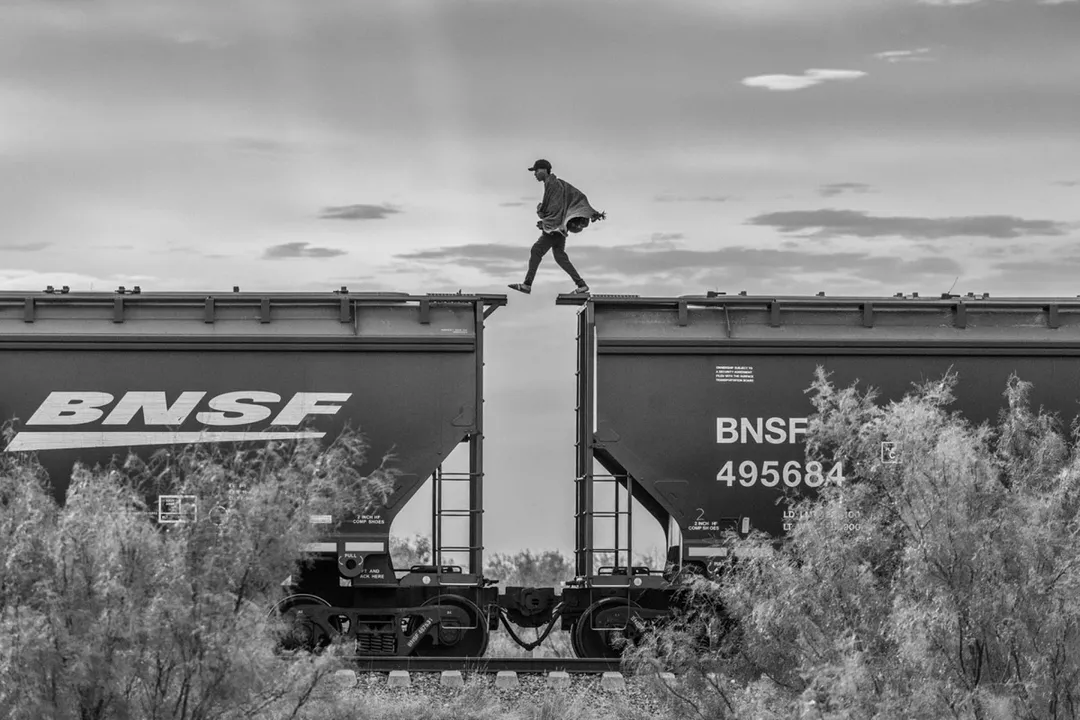
Since 1979, LOBA has honoured photographers who capture the relationship between humans and their environment — how we live, move, survive, hope, resist. It is not an award for perfect images. It is an award for necessary ones. Past winners have documented civil wars, migration, inequality, urban isolation and the resilience of everyday life. In a world flooded with images, LOBA still celebrates truth.
LOBA is Leica in cultural form: clarity without noise, relevance without spectacle. It keeps the brand connected to what matters most — the story.
Leica in Asia – passion, not hype
Asia Pacific is now one of Leica’s strongest regions. Not because of hype, but because of a deep appreciation for craft and heritage. Markets like Singapore, Hong Kong, Japan, China and Thailand have developed strong Leica cultures. In Singapore alone, more than 100 customers travelled at their own expense to attend the Leica 100 celebration in Wetzlar. That is not consumer behaviour. That is devotion.
Walk into a Leica Store in Singapore today and you notice it instantly. The silence. The care. The respect for the object. Even the pace of conversation is different. The stores are not tech counters. They are conversational spaces. People walk in with stories, not product questions.
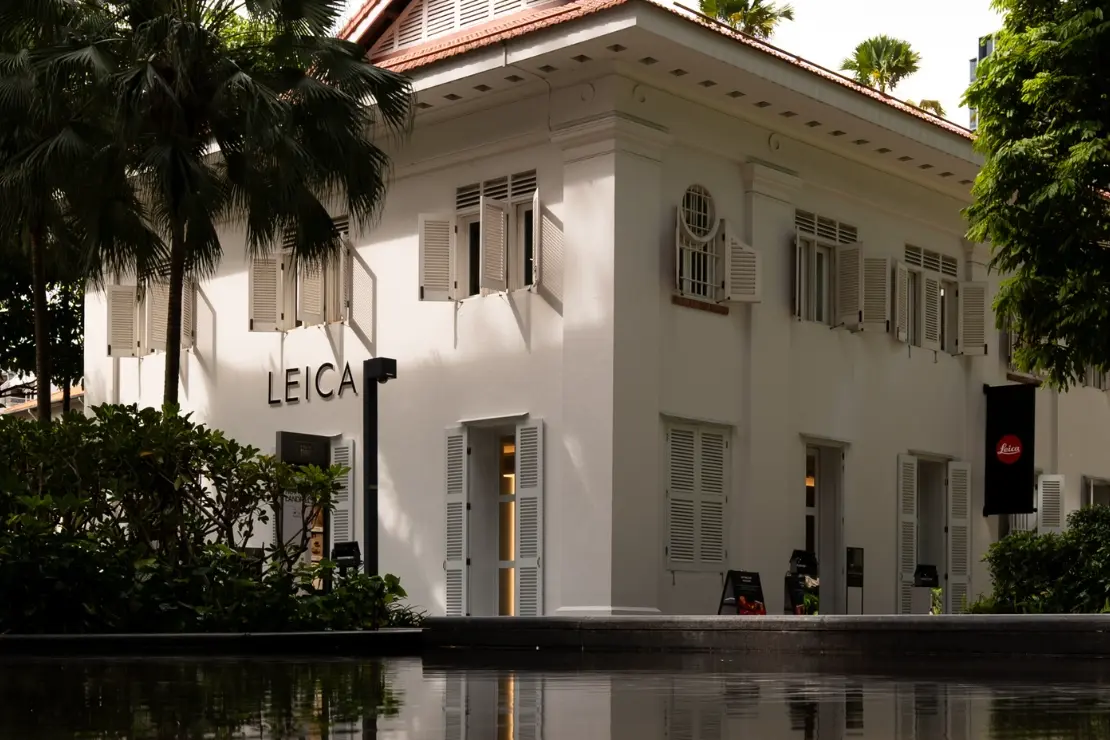
Pre-Owned at Leica is not an afterthought — it’s part of the culture. The official Leica Pre-Owned and Vintage programme offers a way to enter the world by acquiring used and historic Leica cameras, lenses and accessories. Pieces are inspected, restored where needed, and resold with warranty. Vintage cameras, some 50 or 70 years old, return to Wetzlar for mechanical servicing before finding a new owner. It is proof of Leica’s philosophy: buy once for life — and if you ever let it go, it will live on.
What Leica teaches about luxury
In a world obsessed with speed, Leica moves with intention. In a market built on constant upgrading, Leica builds for decades. In an age of frictionless automation, Leica insists on skill. It stands for something rare today: conviction.
Luxury is often misunderstood as excess. Leica is the opposite. It is reduction. Patience. A single red dot that never needs to shout. A camera that slows you down just enough to see. A company that never chased the world, yet shaped it quietly.

Leica does not ask for everyone’s attention — only for the right kind of attention. It does not create consumers — it builds a community. One where people share methods, not status. Craft, not noise. Purpose, not performance.
And that may be the real reason Leica has endured for a century. It never tried to be liked. It tried to be meaningful.
This story does not end here. There are more chapters to tell — about the people who carry these cameras, about Leica in Asia, about how a small factory town in Germany still shapes global culture.
